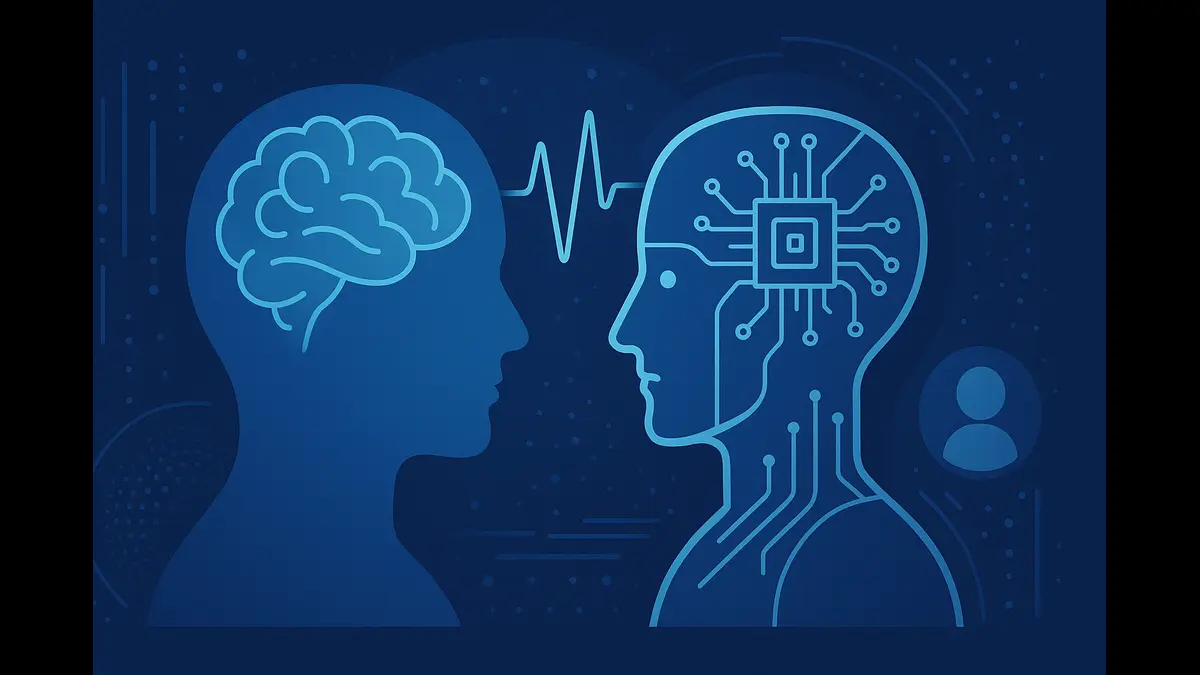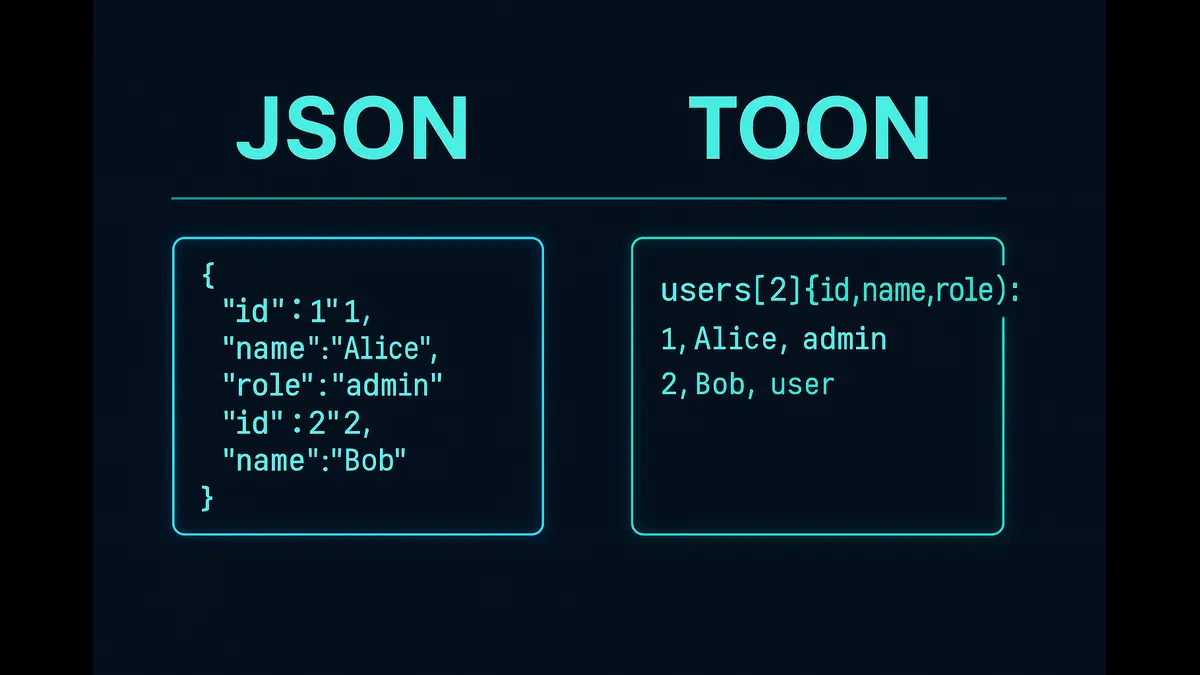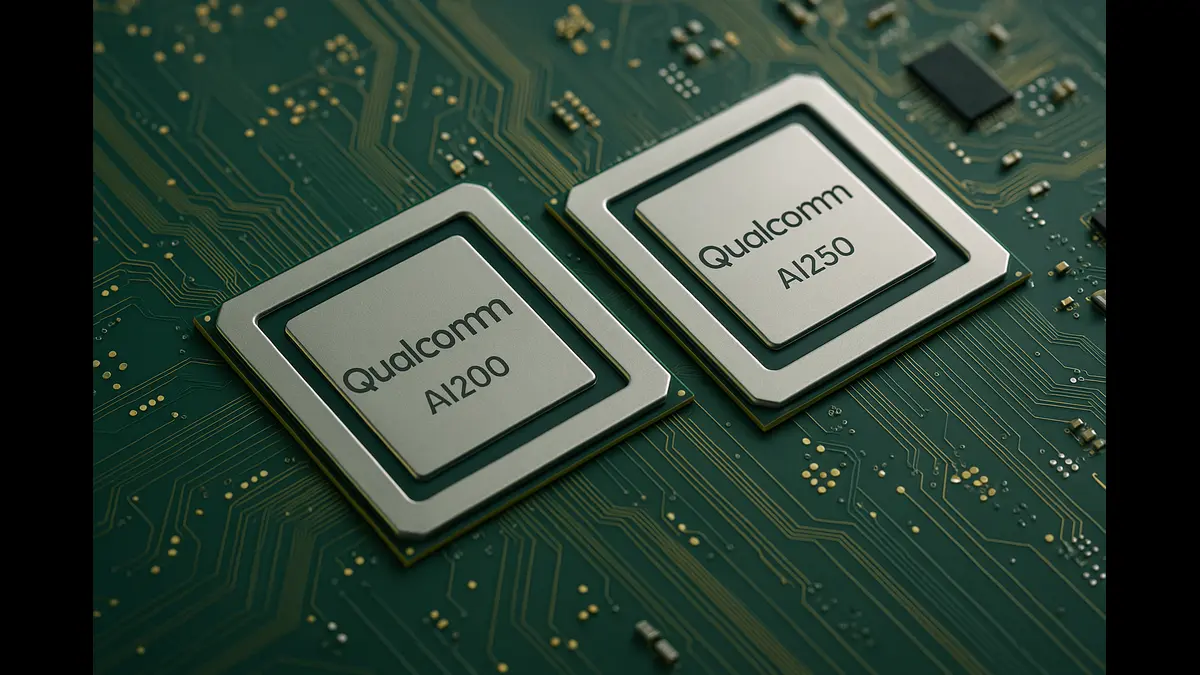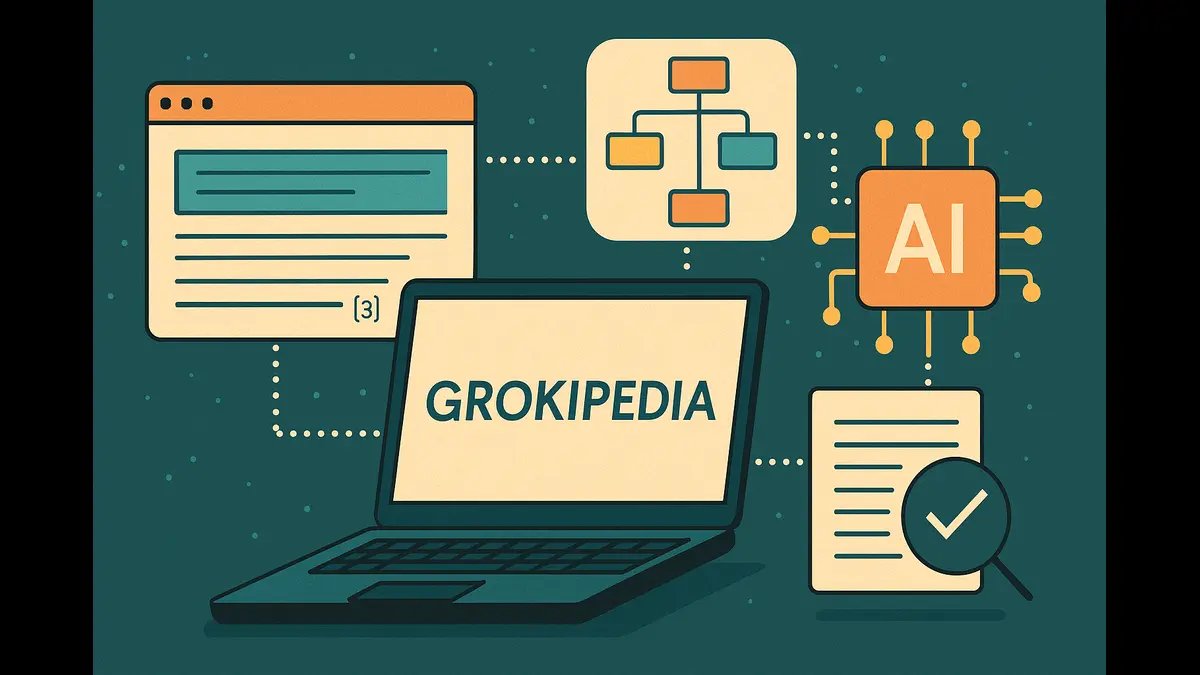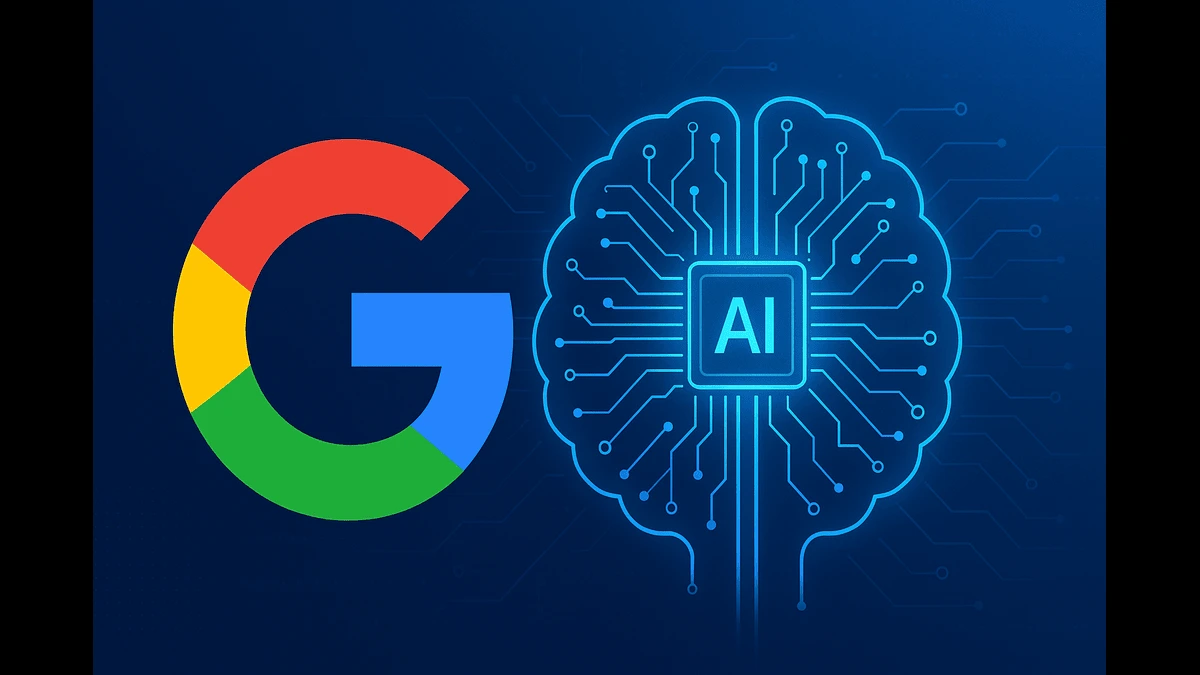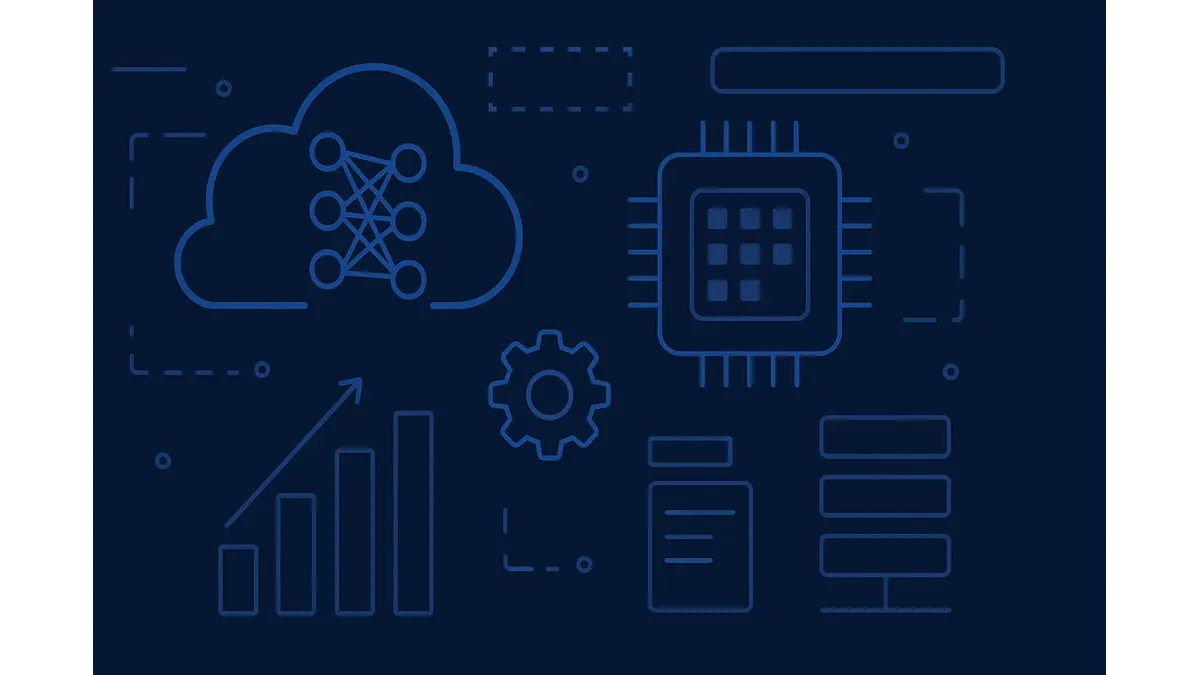
QLoRA has transformed large language model fine-tuning by combining 4-bit quantization with low-rank adaptation, enabling billion-parameter models like LLaMA 3 70B to be customized on a single GPU without sacrificing accuracy. This in-depth guide covers the technology’s architecture, workflow, benchmarks, real-world deployments, and the future of low-bit fine-tuning in 2025.
In 2025, large language models (LLMs) like LLaMA 3 70B, Mixtral 8x22B, and GPT-5-class architectures are at the forefront of artificial intelligence, powering applications from intelligent assistants to specialized enterprise solutions. However, fine-tuning these models to suit specific domains has historically been a resource-intensive endeavor, requiring multi-GPU clusters with high-end accelerators like NVIDIA A100s or H100s, often costing tens of thousands of dollars. This created a significant barrier for smaller organizations, independent researchers, and startups. Enter Quantized Low-Rank Adaptation (QLoRA), introduced in 2023, which has fundamentally reshaped this situation. QLoRA enables fine-tuning of billion-parameter models on a single GPU with 48–80GB of VRAM, or even consumer-grade hardware like the NVIDIA RTX 4090, while achieving near-equivalent performance to full-precision methods. This efficiency has slashed costs by an order of magnitude, democratizing access to advanced AI customization.
QLoRA’s significance extends beyond technical innovation; it’s an economic and technological equalizer, enabling small teams to compete with industry giants. It fits seamlessly into a broader quantization ecosystem, alongside techniques like LoRA for lightweight adaptation, GPTQ for inference compression, and AWQ for activation-aware quantization. However, QLoRA stands out as the go-to solution for fine-tuning in resource-constrained environments. By 2025, its adoption has surged, powering innovations in healthcare, finance, government, and small businesses, making tailored AI solutions accessible to all.
The Problem QLoRA Solves
Traditional fine-tuning of large language models involves updating all parameters in high-precision formats like FP16 or BF16, which demands immense computational resources. For example, a 65-billion-parameter model in FP16 requires approximately 1.3TB of GPU memory for full fine-tuning, equivalent to 16–20 high-end A100 GPUs with 80GB VRAM each. The associated costs—hardware, cloud rentals, and energy consumption—often exceeded $15,000 per training run, locking out small teams, academic researchers, and startups from adapting state-of-the-art models. This resource bottleneck stifled innovation, limiting high-quality fine-tuning to well-funded organizations with access to large-scale infrastructure.
QLoRA addresses this challenge by combining 4-bit quantization with low-rank adaptation. It freezes the base model in a 4-bit NormalFloat (NF4) format, significantly reducing memory requirements, and trains only small, rank-limited adapter layers, typically 1–5% of the model’s parameters. This approach slashes memory usage to as low as 46GB for a 65B model while retaining 96–98% of full-precision accuracy. By enabling fine-tuning on a single GPU, QLoRA eliminates the need for expensive multi-GPU setups, empowering a broader range of organizations to adapt LLMs for specialized tasks like medical diagnostics, financial analysis, or multilingual customer support.
QLoRA Under the Hood
Core Components
QLoRA’s efficiency derives from four synergistic components, each addressing a critical aspect of resource optimization:
4-bit NormalFloat (NF4) Quantization
Unlike generic INT4 quantization, NF4 is optimized for the normally distributed weights typical in neural networks. It allocates quantization levels to better capture weight distributions, preserving more information than standard 4-bit formats. For a 65B model, NF4 reduces memory usage by approximately 48% compared to FP16, from 130GB to 46GB, with minimal accuracy loss. This makes it possible to load and fine-tune massive models on a single GPU.Double Quantization
To further optimize memory, QLoRA applies quantization to the quantization metadata (scales and zero points) used in NF4. By compressing these from FP16 to a lower-precision format, it saves approximately 0.37 bits per weight. While small per parameter, this reduction accumulates significantly in billion-parameter models, freeing up additional VRAM for training stability and scalability.Paged Optimizers
Training large models often causes memory spikes due to optimizer states. QLoRA’s paged optimizers mitigate this by dynamically moving optimizer states between GPU and CPU memory, ensuring stable training without requiring additional VRAM. This enables fine-tuning of 65B models on single-node setups, a feat previously reserved for multi-GPU clusters.Low-Rank Adaptation (LoRA)
QLoRA leverages LoRA to train only a small subset of parameters—typically 1–5% of the model—via low-rank adapters injected into transformer layers, such as attention or feedforward modules. The base model remains frozen, reducing computational overhead while maintaining high performance. For example, a 70B model with LoRA adapters might update only 700M parameters, drastically lowering memory and compute requirements.
These components work in concert to make QLoRA a robust solution for efficient fine-tuning, balancing performance with resource constraints.
Step-by-Step Fine-Tuning Workflow
The QLoRA fine-tuning pipeline is designed for accessibility, leveraging open-source libraries like Hugging Face’s bitsandbytes and peft. The process is as follows:
Load the Base Model: Initialize a pre-trained model (e.g., LLaMA 3 70B) in 4-bit NF4 format using bitsandbytes. This step minimizes VRAM usage, enabling the model to fit on a single 48GB GPU.
Insert LoRA Adapters: Add low-rank adapters to specific transformer layers, such as attention modules (q_proj, v_proj) or feedforward layers, using peft. The rank (r) and scaling factor (alpha) are tuned based on the task complexity.
Apply Double Quantization: Enable double quantization during model loading to compress quantization metadata, further reducing memory overhead.
Configure Paged Optimizer: Use a paged AdamW optimizer to manage memory efficiently during training, preventing GPU memory spikes.
Train on Domain-Specific Data: Fine-tune the model on a curated dataset, such as medical dialogues for healthcare chatbots or legal texts for document summarization. Training typically involves 1–3 epochs with a batch size of 1–4, depending on VRAM constraints.
Merge Adapters (Optional): Integrate the trained LoRA adapters into the quantized base model for deployment, or keep them separate for modular updates.
Below is a sample code snippet for setting up QLoRA fine-tuning:
from transformers import AutoModelForCausalLM, BitsAndBytesConfig from peft import LoraConfig, get_peft_model # Configure 4-bit quantization with double quantization quant_config = BitsAndBytesConfig( load_in_4bit=True, bnb_4bit_quant_type="nf4", bnb_4bit_use_double_quant=True ) # Load model in 4-bit format model = AutoModelForCausalLM.from_pretrained( "meta-llama/Llama-3-70b", quantization_config=quant_config, device_map="auto" ) # Configure LoRA adapters lora_config = LoraConfig( r=16, lora_alpha=32, target_modules=["q_proj", "v_proj"], lora_dropout=0.05 ) model = get_peft_model(model, lora_config) # Proceed with training on domain-specific dataset
This workflow streamlines LLM customization, making it accessible to teams with limited resources.
Performance & Benchmarks
By 2025, QLoRA’s performance has been rigorously validated across multiple benchmarks, demonstrating its ability to deliver near-full-precision results with minimal resources. For a LLaMA 3 70B model, QLoRA achieves:
Memory Usage: 46GB VRAM, compared to 1.3TB for FP16 full fine-tuning, a 28× reduction.
Accuracy Retention: 96–98% on instruction-tuning benchmarks like AlpacaEval, MT-Bench, and Arena-Hard. For example, on MT-Bench, QLoRA fine-tuned models score 8.2/10 compared to 8.5/10 for FP16 full fine-tuning.
Training Speed: 2.7× faster than FP16 LoRA fine-tuning, with a 70B model completing a fine-tuning run in 12 hours on a single A100 80GB, versus 32 hours for LoRA FP16.
A comparative analysis illustrates QLoRA’s advantages:
|
|
|
|
|---|---|---|---|
|
|
|
|
|
|
|
|
|
|
|
|
These metrics highlight QLoRA’s ability to balance efficiency and performance, making it a cornerstone of modern LLM fine-tuning workflows.
Real-World Deployment Scenarios
QLoRA’s versatility has driven its adoption across diverse industries, enabling tailored AI solutions without prohibitive costs:
Healthcare: Hospitals use QLoRA to fine-tune LLMs for patient triage systems on a single A100 80GB GPU. For instance, a 70B model fine-tuned on medical dialogue datasets can prioritize urgent cases with 95% accuracy, rivaling full-precision models.
Finance: Financial institutions develop regulatory compliance Q&A bots in-house using consumer-grade RTX 4090 GPUs. QLoRA enables fine-tuning on proprietary datasets, ensuring compliance with regulations like GDPR or SEC rules without external cloud dependencies.
Government: Public sector agencies adapt LLMs for low-resource languages, such as regional dialects, using QLoRA and translation datasets. This supports accessible public services in multilingual regions, reducing reliance on costly infrastructure.
Small Businesses: SMBs leverage QLoRA to create legal document summarization tools, fine-tuning 13B models on consumer hardware to process contracts or compliance documents, saving thousands compared to cloud-based solutions.
The cost savings are transformative: fine-tuning a 70B model with QLoRA reduces expenses from $15,000 to approximately $1,200 per run, including hardware and energy costs, making advanced AI viable for budget-conscious organizations.
Limitations & Challenges
While QLoRA is a breakthrough, it has limitations that warrant consideration:
Long-Context Reasoning: Accuracy may degrade in tasks requiring long-context reasoning (>32k tokens), where full-precision methods retain a slight edge. For example, QLoRA models may lose 2–3% performance on tasks like extended document summarization.
LoRA Rank Tuning: Optimal rank settings (r) are critical. Under-tuned ranks (e.g., r=8) can lead to underfitting, reducing model performance on complex tasks. Careful experimentation is required to balance efficiency and accuracy.
Multi-Modal Models: NF4 quantization is optimized for language models and may not generalize well to multi-modal architectures (e.g., text + image). Alternative quantization schemes are often needed for these cases.
Inference Runtime Integration: Deploying QLoRA-fine-tuned models with runtimes like TensorRT can introduce overhead due to quantization incompatibilities, requiring additional optimization for seamless inference.
Addressing these challenges requires ongoing research and careful configuration during fine-tuning.
The Future of QLoRA & Low-Bit Fine-Tuning
QLoRA’s trajectory points to exciting advancements. Hybrid approaches combining QLoRA with AWQ are emerging, enhancing inference stability while maintaining fine-tuning efficiency. Research into 2-bit quantization formats, such as a hypothetical NF2, could further reduce VRAM usage, potentially enabling 70B model fine-tuning on 24GB GPUs. QLoRA’s adoption in edge AI is growing, with applications in on-device fine-tuning for mobile or IoT devices, where memory and power are limited. Techniques like EfficientQAT, which integrate training-aware quantization, promise to minimize accuracy losses in complex tasks like reasoning or multi-turn dialogue. By 2026, QLoRA may evolve into a universal standard for LLM customization, bridging the gap between resource-constrained environments and high-performance AI.
QLoRA is more than a technical optimization; it is a transformative force in AI development. By enabling fine-tuning of billion-parameter models on modest hardware, QLoRA has lowered barriers to entry, empowering small teams, researchers, and enterprises to create tailored AI solutions. From 2023 to 2025, it has solidified its place as a cornerstone of LLM fine-tuning, driving innovation across healthcare, finance, government, and beyond. As quantization techniques advance and new low-bit formats emerge, QLoRA’s legacy will continue to shape the future of AI, making high-parameter models accessible to all and redefining the boundaries of what’s possible in artificial intelligence.
Discover more from Poniak Times
Subscribe to get the latest posts sent to your email.

